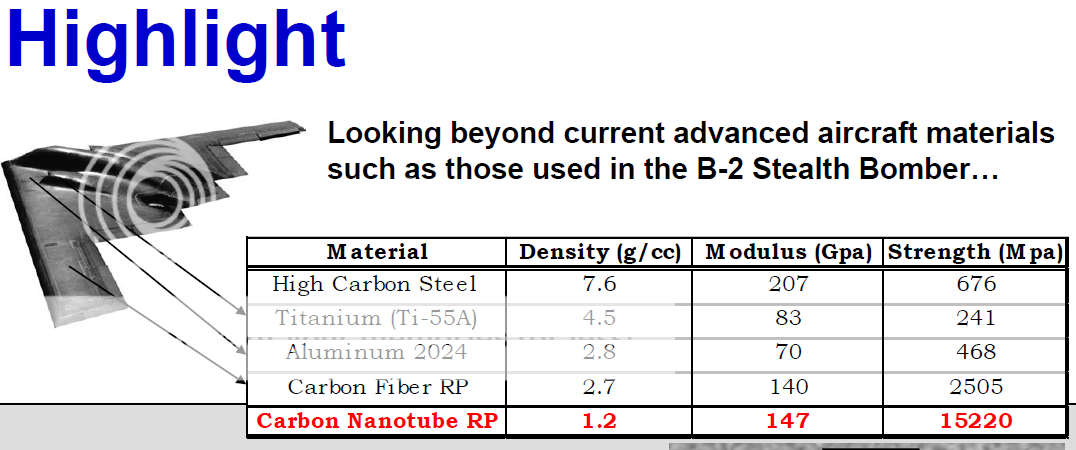"Will Silent Eagle Pass Silently into the Waste Bin?"
Posted by Amy Butler 3:50 PM on September 24, 2013
Source:
http://www.aviationweek.com/Blogs.aspx?plckBlogId=blog:27ec4a53-dcc8-42d0-bd3a-01329aef79a7&plckPostId=Blog:27ec4a53-dcc8-42d0-bd3a-01329aef79a7Post:bd751ee0-8397-4219-b8e6-b0db6c5cd817
Posted by Amy Butler 3:50 PM on September 24, 2013
Source:
http://www.aviationweek.com/Blogs.aspx?plckBlogId=blog:27ec4a53-dcc8-42d0-bd3a-01329aef79a7&plckPostId=Blog:27ec4a53-dcc8-42d0-bd3a-01329aef79a7Post:bd751ee0-8397-4219-b8e6-b0db6c5cd817
The future of Boeing's self-funded F-15 Silent Eagle upgrade/new build program. The company launched the program in 2009, officials said it was targeting the Middle Eastern and Pacific markets. Specifically, Israel and South Korea. Israel is spoken for -- having chosen to buy F-35s and unlikely to buy the full-up Silent Eagle package after such an investment.
And, South Korea appears now -- like Japan -- to be willing to pay a premium to introduce the F-35 into its fleet. The strategy was to offer potential F-35 customers a lower priced alternative that lacked the advanced stealthy characteristics of the F-15 but allowed for superior weapons loadout and fuel carriage.
Boeing was reportedly the only bidder who followed all of the rules of Seoul's competition and offered a package under the $8.3 trillion won ($7.4 billion) budget. But, it appears that following the rules was not a top priority for South Korea. And, Boeing's strategy to offer a compromise was not enough to entice Seoul into a buy. The longer the country delays its buys, the lower the F-35's cost could go, even if marginally.
U.S. policy prevents a foreign partner from getting a better deal on U.S. hardware than the Pentagon. For the South Korean offering, Lockheed Martin was limited to offering LRIP 5 pricing. A one-year slip for a new competition would allow the company to offer slightly lower prices from LRIPs 6 and 7. Notably, however, this would put the aircraft price just under $100 million, not including engines from Pratt & Whitney.
At Boeing's Silent Eagle unveiling, officials were vague on pricing. But, Brad Jones, who then led the F-15 effort, said they were shooting for a unit cost under $100 million. If this goal held, this could put the F-35 and F-15 Silent Eagle on closer footing price wise, though not equal.
Boeing's Saudi Arabia orders will carry the F-15 line through until 2018, but the blow from South Korea will prompt the company to review its strategy for the continuation of the product line, according to an industry source. Though Seoul's rebuffing of the Silent Eagle could put the last nail in its coffin, the individual upgrades could still be of interest to some customers. They include the fly-by-wire and digital electronic warfare systems; these can be purchased as upgrades without committing to the stealthy items.
South Korea says it could take up to a year to hold a second competition.

